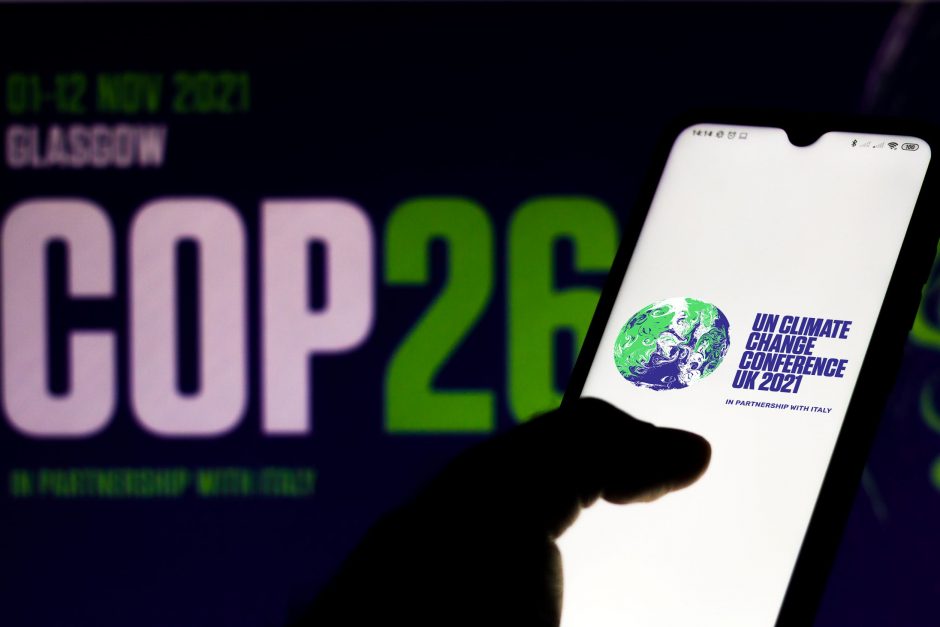COP26: UN Climate Change and Climate KIC partner to establish new Global Innovation Hub

A new digital Global Innovation Hub has been launched at COP 26 by UN Climate Change (UNFCCC) to significantly boost the effectiveness and scale of climate change and sustainability innovation as a driver of more ambitious climate action. To achieve this, the hub will have new approaches to facilitate the development and deployment of transformative and innovative climate solutions.
The hub promotes a “moonshot approach” which will assist practitioners to base climate action pledges and commitments on what science says is needed, as opposed to what is perceived as possible with current solutions and technologies. The initiative is launched by the UN Climate Change and supported by core partner organizations such as Climate KIC, the Research Institute of Sweden (RISE), the European Commission, Mission Innovation, and the Open Earth Foundation.
In its recent Working Group 1 report, the Intergovernmental Panel on Climate Change (IPCC) estimates that limiting global average temperature increases to 1.5C requires a reduction of CO2 emissions of 45% in 2030. Yet current emission reduction pledges fall far short. Unless urgent action is taken, the current level of ambition is likely to put the world on course for a 2.7C average temperature increase and ever-increasing extreme weather events.
Significantly greater ambition is thus required to keep the 1.5C goal within reach. Current pledges often fall short because they are based on the perceptions of what can be achieved in the context of current climate solutions and technologies.
The hub aims to support the translation of commitments and pledges into demand for climate and sustainability solutions that will drive the identification or development of innovative responses and their effective implementation. Innovative responses beyond current solutions mean that pledges and commitments can become significantly more ambitious.
The hub is a digital platform that hosts (i) databases of demand for solutions as well as solutions, (ii) tools to determine the impact of climate action and (iii) a space to facilitate the financing of climate solutions.
The hub sets the agenda for an expanded space of climate innovation for all practitioners. It showcases people’s everyday needs, such as mobility, access to goods and services, and social connection. The hub then fosters the development of innovative climate-friendly responses beyond any status-quo solutions such as cars or conventional power and, importantly, without focusing on one single solution in isolation.
For example, instead of focusing only on the development of EV cars, the hub will promote climate innovations that challenge the need for a car in the first place. It will explore options for the design of compact and complete cities connected with low carbon public transportation that will reduce the need for mobility. It will even go one step further and challenge mobility as a need to have access to products and services. For example, it will develop solutions that replace trips to get a product or a service the same way online shopping replaced trips to shops.
These solutions will enable greater climate action ambition, be aligned with the UN’s Sustainable Development Goals (SDGs) and enable the repurposing, as much as possible, of the knowledge, skills and physical assets of disrupted value chains. The solutions offered by the platform are integrated with each other to form a cluster of solutions that can include technologies, policies and regulations, business models, and financing instruments that reflect a holistic approach.
Because the development of a solution is demand-driven and the solutions are integrated to form a cluster, the hub will not stockpile underdeveloped inventions as is often the case with innovation platforms.
The Global Innovation Hub will have world-class standards in line with the Paris Agreement goals for impact assessment of climate change solutions. The hub will have a physical pavilion at COP where events are organized to express demand for climate solutions or to broadcast solutions. All interested practitioners are invited to visit the hub.
More information is available here.
Discover the whole programme of Climate KIC at COP 26 here
This article was originally published by UN Climate Change News (only small alteration by the Climate KIC editorial team). Picture: rafapress / shutterstock
